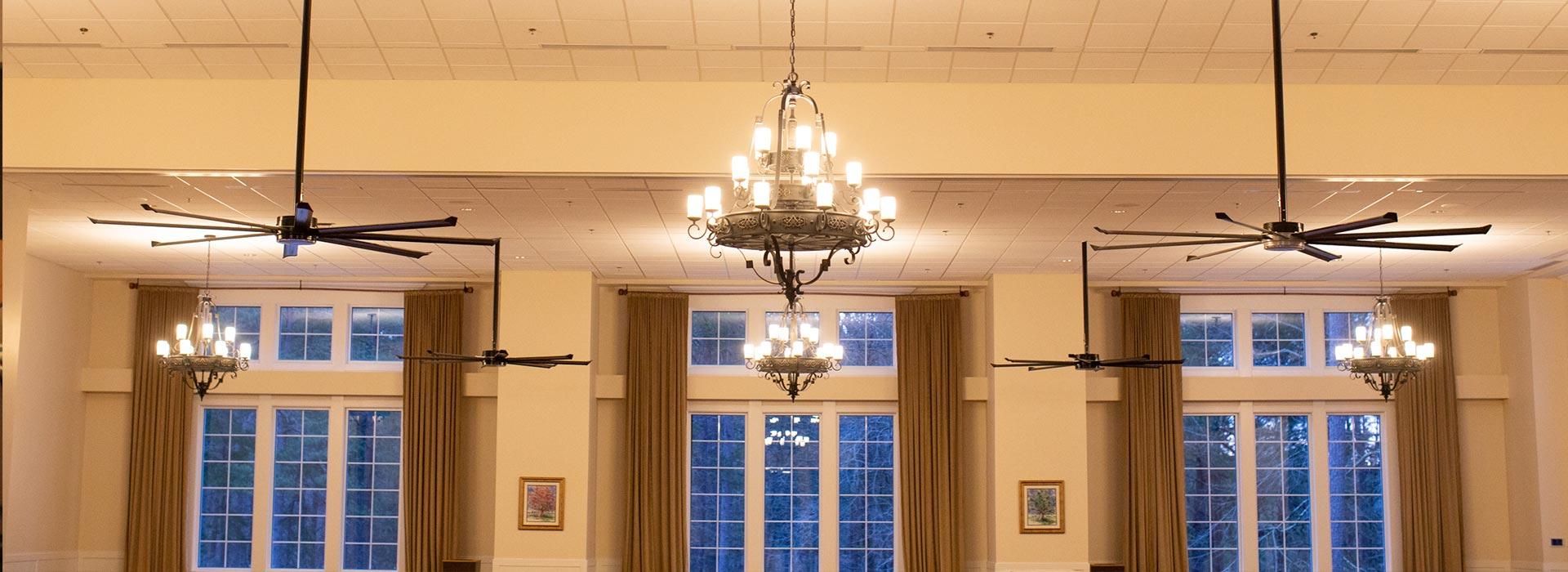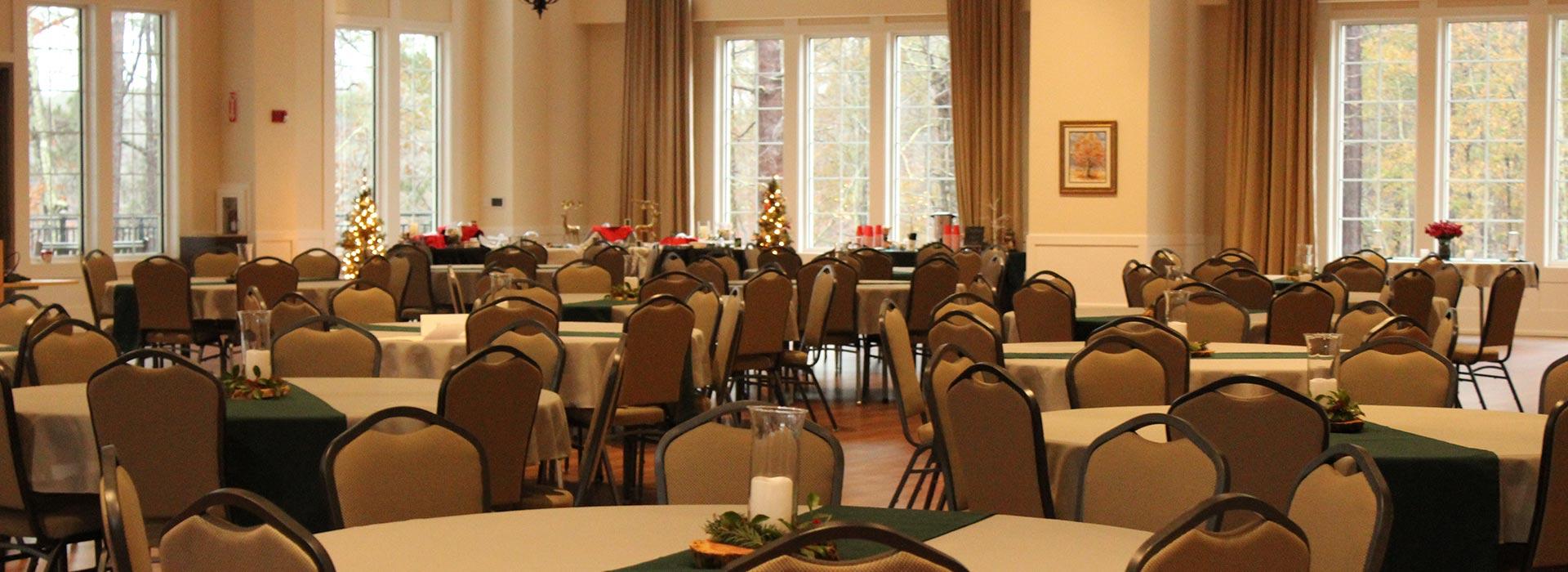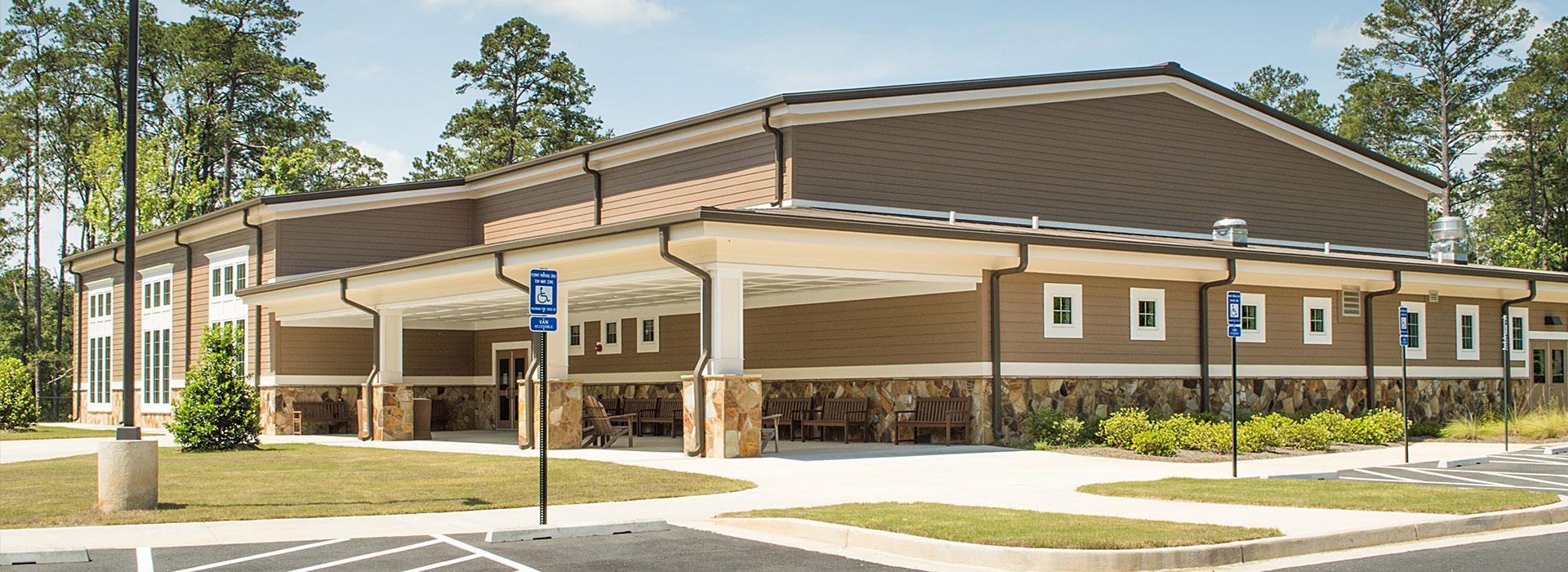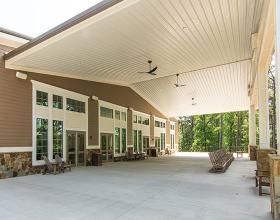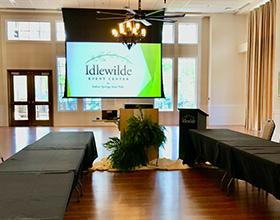Sandpiper Trail Loop
This one-mile loop is our most popular trail, taking you over salt flats and tidal creeks, and through maritime forests on island hammocks. Plan on an hour of walking time. The boardwalks and level trail are ADA accessible. Bicycles are not allowed, but leashed pets are welcome if cleaned up after. Follow along the alphabetized posts and signs to learn about the unique resources on the trail.
Salt Flats
High tides flood this area with a thin layer of water that evaporates quickly, leaving behind salt crystals, giving a white sandy appearance.
Fiddler Crabs
They make their homes in the salt flats and marshlands and get their food by filtering organic material from the sand.
Island Hammock
This slightly elevated land provides a home for plants and animals that cannot live in the salty, wet marsh.
Pine Beetles
These flying insects infested and killed the pine trees in this area many years ago, leaving behind dead tree habitats for various birds and insects.
Tidal Creek
Twice daily, the “ocean’s nursery” is flooded by tides that bring food for minnows, shrimp, crabs, and oysters. When the Spartina or cord grass growing here decays it forms detritus, a primary food source.
Confederate Earthworks
During the War Between the States, off duty gun crews rested within the V shaped earthen work around you.
Intracoastal Waterway
The bridge you see in the distance crosses the Intracoastal Waterway that extends from Florida to Massachusetts. Islands like Skidaway serve as a protective barrier between the main land and ocean.
Liquor Still Site
During the 1930’s this hole contained one of the 31 liquor still sites on park property.
Black Needle Rush
Named after its sharp black tip, this plant grows on the higher ground in the salt flats.
Big Ferry Trail
This trail can be walked in a two-mile loop, or you can include the earthworks loop to make it nearly three miles. Plan around two hours to walk this trail. Bicycles and leashed pets are welcome. Follow along the numbered posts and signs to learn about the unique resources on the trail.
Freshwater Slough
Pronounced “sloo,” this freshwater pond is formed when the water table is higher than the bottom of the slough. The ground water collects to
form the slough, however it will dry out during periods of drought.
Shell Middens
These mounds are made of discarded oyster shells left by early native people. Oysters were an important source of food for coastal Indians, and when their shells were mixed with lime and sand, they created tabby—a southern coastal building material used by European settlers.
Liquor Still
The islands seclusion made it a good place to build stills during prohibition. Boaters could easily sneak on and off the island with their illegal moonshine.
Earthworks
These mounds were often built by slaves during the Civil War as part of the defense system against Union Troops.
Saltwater Slough
Unlike freshwater sloughs, these ponds do not dry up and contain brackish water. Like tidal creeks they are part of the “ocean’s nursery,” providing protection and habitat for young fish and marine life to grow up.
Alligator Ponds
These ponds provide fresh water and habitat for a variety of birds, reptiles, and amphibians. The water level rises and falls depending on the amount of rainfall. Look out for a possible resident alligator.
Avian Loop Trail
This one-mile loop takes you to the Intracoastal Waterway where you may catch a glimpse of osprey hunting for fish or dolphin swimming down river. A sandy causeway crosses the largest tidal creek that flows into the park. This is a great place to see the force and speed of tides flowing in and out of the marsh every six hours. Hanging from the trees is Spanish Moss, an epiphyte once used to stuff mattresses. Look but don’t touch because red bugs (or chiggers) reside in this enchanting plant. That’s why some Georgians still say, “Sleep tight; don’t let the bed bugs bite!”
Connector Trail
This connects both the Sandpiper and Avian Loop trails to the Big Ferry Trail and takes you through our unwanted Chinese Tallow forest. Also known as “popcorn trees,” these highly invasive plants have taken over this area of the park. Efforts have begun in killing this toxic tree and returning the forest to its natural state. A freshwater pond (or slough) along the trail sometimes houses a resident alligator or two. In summer, the blooming bladderwort covers the pond with a gorgeous sea of yellow. This carnivorous plant traps mosquito larvae, miniature worms and other tiny animals by catching them in its underwater bladder traps.
